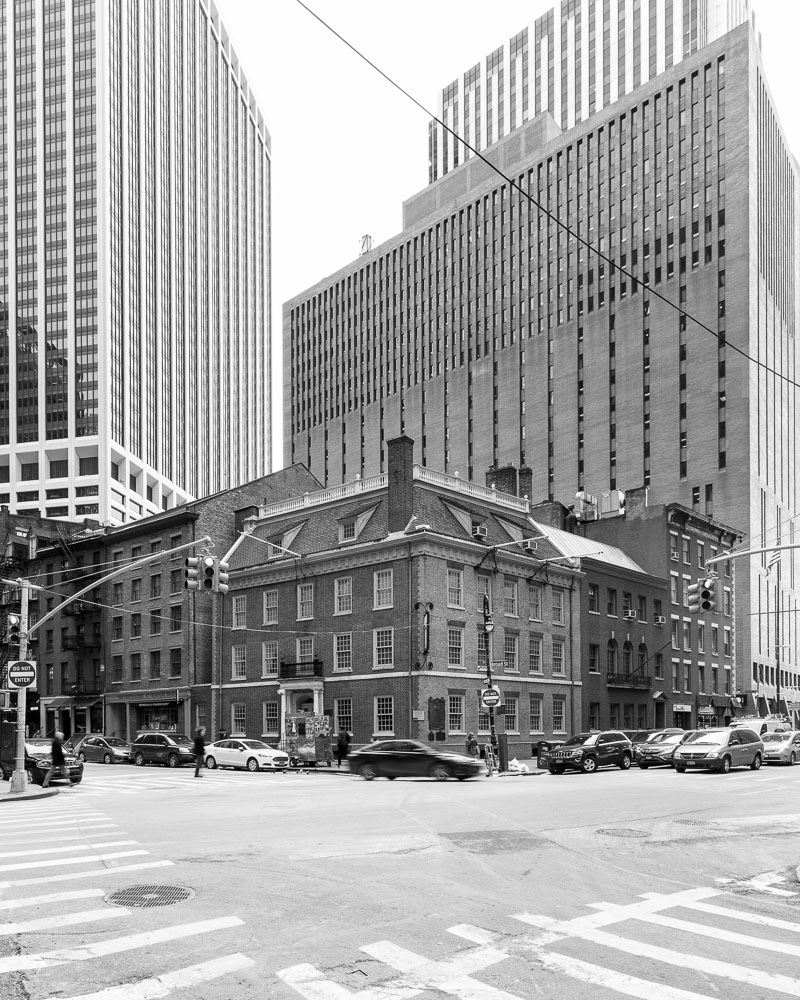“We move on to 5 Broad Street where we stand in front of the former location of Downing’s Oyster House, where Thomas Downing, the son of freed slaves, catered to aristocracy in his lush restaurant, while his son, George, helped hide runaway slaves en route north in the basement”
“At the intersection of Water and Wall Streets, we come to the place where one of the biggest markets in the world once stood — New York City’s first slave market. Standing beside a plaque memorializing the spot, we get a brief (and as child-friendly as possible) history of the trans-Atlantic slave trade, from the late 16th century to the early 19th century. We hear more about the triangular trading system that carried enslaved people, manufactured goods and cash crops between West Africa, the Caribbean, America, Europe and the British colonies, learning how the enslavement of African people was part of the world’s economy.”
“At the intersection of Water and Wall Streets, we come to the place where one of the biggest markets in the world once stood — New York City’s first slave market. Standing beside a plaque memorializing the spot, we get a brief (and as child-friendly as possible) history of the trans-Atlantic slave trade, from the late 16th century to the early 19th century. We hear more about the triangular trading system that carried enslaved people, manufactured goods and cash crops between West Africa, the Caribbean, America, Europe and the British colonies, learning how the enslavement of African people was part of the world’s economy.”
“…When Sean stops our small group at Philipse Well on Pearl Street, we stand around it, staring down as he explains how this cistern exists on what was once the Philipse family’s property and was a place where enslaved people were allowed to gather and engage with one another as they drew water. Any other gathering among more than three enslaved people was against the law.”
“…As I walked along Pearl Street then, I had no idea that Fraunces Tavern had been owned by Samuel Fraunces, a man whose true racial identity continues to be in question — many believe he was of mixed race and passing as white. There are white folks who vehemently disagree. During the Revolutionary War, he was referred to as “Black Sam” and Fraunces Tavern was called Black Sam’s. Hmm … Fraunces also served as a steward to George Washington.”
-Jacqueline Woodson for The New York Times Travel Section.
“…As I walked along Pearl Street then, I had no idea that Fraunces Tavern had been owned by Samuel Fraunces, a man whose true racial identity continues to be in question — many believe he was of mixed race and passing as white. There are white folks who vehemently disagree. During the Revolutionary War, he was referred to as “Black Sam” and Fraunces Tavern was called Black Sam’s. Hmm … Fraunces also served as a steward to George Washington.”
-Jacqueline Woodson for The New York Times Travel Section.



